Hemp building - introduction
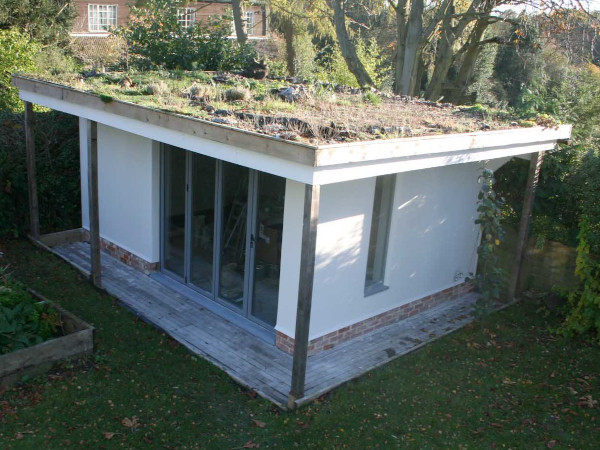
“Hemp is abundantly productive and will grow forever on the same spot.” – Thomas Jefferson
Contents
What is hemp building?
Hemp building is building with ‘hempcrete’ which is a mixture of the following three components:
- hemp ‘shiv’: hemp is a plant that has been used for millennia for making textiles. The shiv is the waste from the textile industry – the woody / pithy core of the stems
- a lime binder
- water

These 3 components are used in different ratios depending on the strength or insulative properties you require for the part of the building it’s going to be used on.
Hempcrete can be used for walls, for floors and as an insulation layer in roofs / ceilings – but it’s not structural, i.e. it’s not strong enough to support the weight of a building alone, and so it tends to be cast around a timber frame, where it provides stiffness and insulation. It also means that the frame is a lot simpler than other timber-framed buildings. A floor would have a lot more lime binder for strength and durability; walls would have less binder and more hemp for insulation; and roofs / ceilings less lime and more hemp still. Hempcrete is mixed and then tamped into shuttering to fill the space between the studwork / frame. There are also hemp plasters for adding an insulating and finishing layer to solid walls.
In areas where hemp is grown for textiles, hemp shiv has been used for generations as animal bedding. The use of the shiv in construction started in France as a way of replacing wattle and daub in traditional properties, because it has the same stiffness, breathability and flexibility as wattle and daub, and provides some insulation too. Specialist companies producing lime binder for hempcrete appeared in France, then other European countries, including Ireland, and also Canada – and it’s appearing in the UK now.
NB: the hemp grown for construction and fibres is Cannabis sativa sativa, and the plant used for medicinal and recreational drugs is Cannabis sativa indica. The former has around 0.3% THC content (the substance that produces the cannabis ‘high’); the latter has between 6-20% THC content, but its fibres aren’t good for construction or textiles.

What are the benefits of hemp building?
Environmental
- Probably its biggest environmental benefit is that, if used correctly, you can build a ‘carbon-negative’ building (i.e. not just carbon neutral, but one that locks up more carbon than is produced in making it), because of the amount of carbon locked up in the timber, hemp and lime. This is because the lime in the hempcrete ‘petrifies’ the hemp, replacing the cellulose in its cells with lime (a bit like a fossil), so that it’s never going to rot, and give its carbon back to the atmosphere – except on an extremely long time-scale. It can lock up to 110kg of carbon per m³ of walling material (it weighs around 275kg per m³, most of which is hemp).
- It’s natural – it’s just a plant, which requires very little processing, and if grown locally, very little transport.
- Hemp is resilient, and requires very little in the way of pesticides.

- It’s lightweight, and therefore requires less fuel for transport, and shallower foundations, which can mean a 75% reduction in the amount of concrete required – or even different kinds of foundations that don’t require any concrete at all.
- Hempcrete has great thermal properties; as well as having very low u-values it also has thermal inertia – similar to thermal mass – i.e. hempcrete buildings change temperature slowly, reducing heating requirements.
Other

- It’s very versatile – it can be used as a replacement for bricks and mortar, plaster or plasterboard; as a breathable solid floor; as solid walls that can be internally clad or plastered; a solid roof / loft insulation; or as a plaster. English Heritage recommend it for old timber-frame infills. It has mainly been used in historical building restoration, but it is increasingly being used in new builds.
- It’s a very simple system once you know how to do it (i.e. it’s skilled work, but it’s low-tech). It’s just one material providing stability and insulation – replacing bricks, mortar blocks, insulation, cavity, cavity ties and closers, plasterboard etc. in conventional buildings. It’s solid, with no cavity, and can be directly rendered externally, or plastered, clad or limewashed internally.
- It allows lots of artistic licence – you can build curved or unusually-shaped walls (as long as you can make your shuttering that shape), and you can embed things in it, like different-coloured bottles.

- Its flexibility and breathability makes it ideal to use with other natural materials, and especially in traditional buildings where inflexible and non-breathable materials like cement can and have caused lots of damage.
- It regulates moisture content. If your room is too humid, the wall absorbs moisture and either releases it outside, or holds it until the room is dry, and then releases it. This prevents the growth of moulds.
- You can self-build. You’ll need training – especially in the mixing of the hempcrete – but it’s nowhere near as complicated as conventional buildings.
- It’s Building Regs approved (however, when you approach them, the person you speak to will almost definitely know nothing about it).

What can I do?
You could hire a hemp builder, or if you’d like to self-build, or you’d like to know more about it and maybe have a go yourself, get some training and/or a book – including about lime. You could also visit a hemp building to see what they look like – there are two open to the public, one at the BRE, and one at CAT.
If you do decide to go down the self-build route, you could start with a shed to get some experience, or a project that won’t cause too many problems if it goes wrong. Whoever is doing the building (even if they’re an experienced builder), it’s essential that they’ve been properly trained, because although it’s a very simple building technique, the mixing ratios and techniques are especially difficult to get right. You need to think about health and safety, as lime can be dangerous to work with. You’ll need masks, goggles and gloves to the elbows. Lime binder creates a lot of dust when being mixed with the shiv and the water.

Hemp building tools: you can use simple offcuts of timber to tamp the mix down into the shuttering. For mixing you could use a cement mixer, but it’s not ideal as it’s very slow and it’s difficult to get the right consistency. It might be better to hire an agricultural ‘pan’ mixer from a local plant hire company (probably around £300 per week).

You’ll need specialist building skills to make the timber frame of course. The frame can remain exposed internally, or the shuttering can be built outside the timber frame so that it can’t be seen when the shuttering is removed. You can also make your own shuttering from ply.
Specialist(s)
Thanks to Will Stanwix, aka That Hempcrete Guy for information.
The specialist(s) below will respond to queries on this topic. Please comment in the box at the bottom of the page.

Will Stanwix is “That Hempcrete Guy“. He was a building surveyor, started building with hemp in 2008, is co-author of the Hempcrete Book and built his own hempcrete house. “I’ve worked in building design, materials production, training and supply. I’ve lectured and presented on natural materials all over the country and Europe but I’m most at home on a building site covered in lime or clay, trowel in hand and wearing tatty old building clothes”.

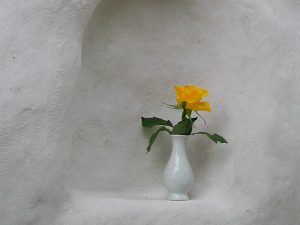
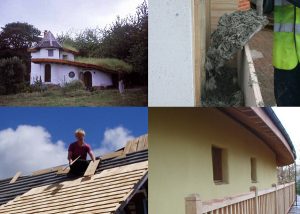
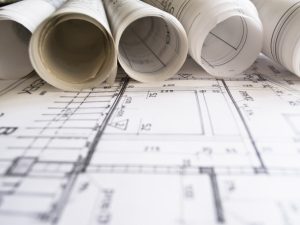
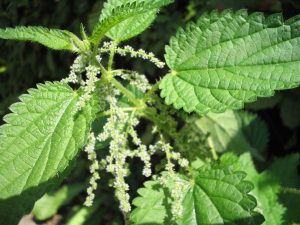
1 Comment
Building A Mortgage Free Home In The UK?
Plum Pictures, The makers of George Clarke’s Amazing Spaces are looking for pioneering self builders who are using clever and unusual design to build their own home without the need for a mortgage.
If you are considering building your own property, no matter how unconventional and will be mortgage free by the end of it we would love to hear from you.
Please contact us at [email protected]